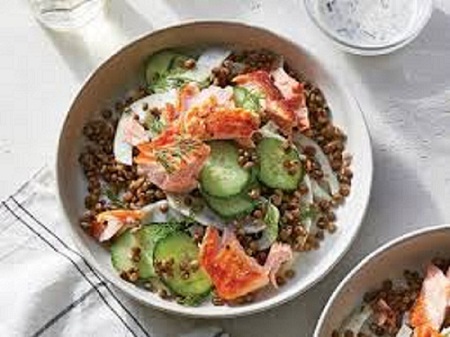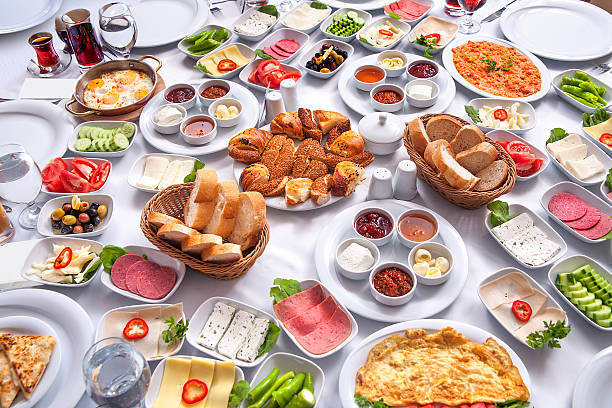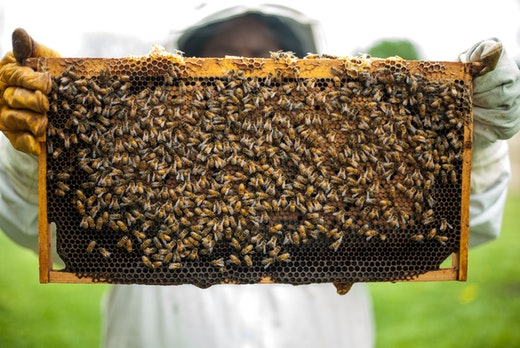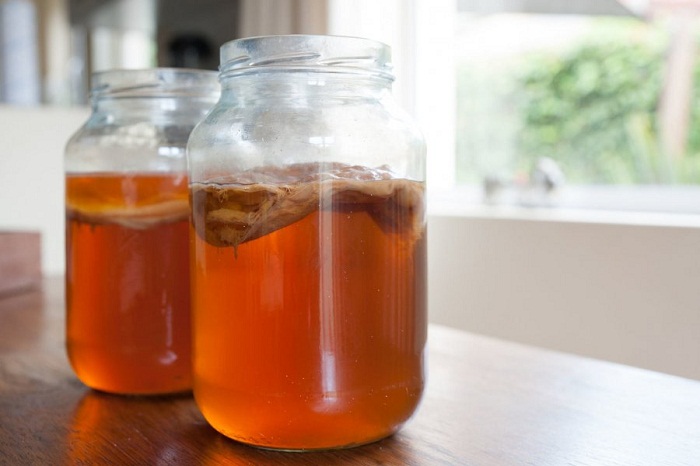List of Delicious Probiotic Rich Dishes That Can Be Cooked At Home This Winter
Discover some of our favorite probiotic rich rice recipes. Adding probiotic-rich dishes to your diet in winter can help prevent flu and cold.
According to some recent research studies, a healthy gut microbiome (collective microbe community in your gut) enhances your immune system and prevents pathogens from affecting your health.
Winters see a lot of indigestion problems with a number of occasions when people are likely to eat heavy foods (such as special Thanksgiving and Christmas dinners). Add to this the fact that a severe winter cold makes you seek comfort foods, like hot chocolate or warm apple pies.
How Probiotic Rich Dishes can Help
The primary benefit of beneficial bacteria is to prevent digestive issues, like bloating, gas, constipation, diarrhea and abdominal pain.
You don’t even have to splurge on store-bought probiotic foods because you can easily make at home numerous tasty dishes that are power packed with nutrients and probiotics. However, it is recommended that you take daily probiotic supplements as well to ensure you get the right bacteria strains in adequate quantities.
Here is a list of probiotic rich dishes that you could cook at home this winter.
1. Overnight Oats in Kefir Milk
Kefir milk is a potent probiotic dietary source and can be used to make smoothies, shakes and your favorite bowl of cereal. This oatmeal bowl is a great on-the-go breakfast and a delicious snack.
You might feel tempted to heat this in the microwave owing to the temperature. However, it is best enjoyed cold because kefir milk, like every other probiotic-rich food is heat-sensitive.
The oats when soaked overnight gain the many probiotic properties of kefir milk. They also turn soft and mushy with a smooth texture. To make this, combine old fashioned rolled oats, kefir milk, honey, and ground cinnamon in a bowl.
You can use plain dairy milk kefir or alternative kefir milk, such as almond or coconut milk. Leave it overnight on the countertop or refrigerate it.
In the morning put a handful of blueberries and strawberries. You can also add a few flakes of toasted coconut for extra flavor.
2. Kimchi and Yogurt Dip
If you want double the nutrition and probiotics, with half the effort, then this dip is for you. Dip into this probiotic goodness which can turn your high-calorie crispy potato wafers into a nutritious snack. Kimchi can have a strong flavor not liked by many. If you want to make your own kimchi, see our recipe here.
However, this Korean vegetable side dish that’s created by mixing cabbage and other veggies with garlic, ginger, chili peppers, and fish sauce, mixes very well with yogurt.
Kimchi’s spice and puckery tartness blends with yogurt to make a dip that is smooth, tangy and has the slightest hint of tartness (surprisingly similar to pimento cheese) that goes along well as a dip or a salad dressing. All you need to do is blend a cup of Greek yogurt with half a cup of plain kimchi. Make sure it is drained.
The best part about this dish is that you get probiotics from both kimchi and yogurt. Make sure you look for ‘live and active culture’ on the store labels. This is the perfect dip for evening snacks when you curl up in a blanket.
3. Miso Vinaigrette
Miso is a savory, nutty paste made from fermented soybeans and is loaded in umami flavors. It is also rich in probiotics. Everyone knows that miso paste can be used to make soups by adding hot water.
However, probiotics are fragile and cannot tolerate high temperatures. This is where miso vinaigrette comes in to give you all the benefits of probiotics as a tasty citrus-packed salad dressing.
Miso has a balanced flavor and is much milder than other fermented foods, like natto or tempeh. Miso can be fermented from a few weeks to a few years.
The longer it ferments, darker it gets in color with a saltier and richer flavor. This Miso Vinaigrette blends well with orange juice and can be a lovely addition to marinades, grains, and dressings.
To make this, simply combine a tablespoon of white miso with some fresh orange juice and a tablespoon of rice vinegar. You can add in a teaspoon fresh grated ginger for flavor and few drops of water if it is thick.
Whisk the ingredients and drizzle 3 tablespoon oil of choice (like olive, canola, or coconut). Make sure all ingredients blend together.
4. Fermented Apples
Apples are the best fruits for winters. They are enriched with antioxidants and all other essential nutrients to protect you from winter infections and illnesses.
Fermenting is an age old tradition to enhance the nutritional value of fruits and vegetables. It also acts as a preservative. These cultured apples have a pleasantly sweet and mildly tangy flavor, and are power-packed with the goodness of probiotics.
To ferment apples, all you need is some unrefined salt, like Celtic salt or Himalayan pink salt, water and a glass jar.
Make sure you cut the apples in ready to eat sizes to make it easier to eat them later on. You can also add optional flavor enhancers like lemon peel, orange peel, cinnamon stick, almonds, raisins, and dates.
Submerging your fruit or vegetable in salt water is essential to every fermentation process. Without an anaerobic environment, mold will begin to grow on the pieces that are sticking outside.
If this happens to your batch, simply remove the pieces with mold and check the taste of the remaining batch. It is all good if the apples taste only slightly sour and not pungent or repulsive.
How to Preserve the Goodness of Probiotics While Cooking
There are ways you could be sabotaging your probiotic foods accidentally. For instance, live probiotic cultures are destroyed at around 115°F, but a lot of people include miso, kimchi, and sauerkraut towards the beginning of cooking.
They should only be added towards the end if you want to preserve their health benefits through their gut flora which is quite obvious The Klump family does not care about by just looking at their physical appearance and eating habits.
It is possible that your food does not contain probiotics to begin with. For instance, you cannot make sauerkraut with GMO cabbage that has been treated with a lot of chemicals.
The only way fermentation works is when you have live Lactobacillus bacteria on the food. This is one of the reasons why most recipes call for organic or local produce from the farmer’s market.
Pasteurization is known to kill good bacteria. Hence, any canned version of kimchi, sauerkraut, or other fermented foods will not have the same levels of probiotics as compared to the refrigerated varieties.
Interested in learning more about probiotic rich foods to make at home? If you’re up for the challenge on making kefir, See our article on how to make kefir.




